Summer’s over, meaning kids go back to school, college starts its fall semester, and the heat finally relents after months of sweat. It also means that one of the peak travel times has passed, and everyone goes back to work to bide their time until the winter holidays. In general, there are less people traveling worldwide, and especially to Hawaii. Here’s a guide on how you can take advantage of the off-season’s offerings!
When is “off-season”?
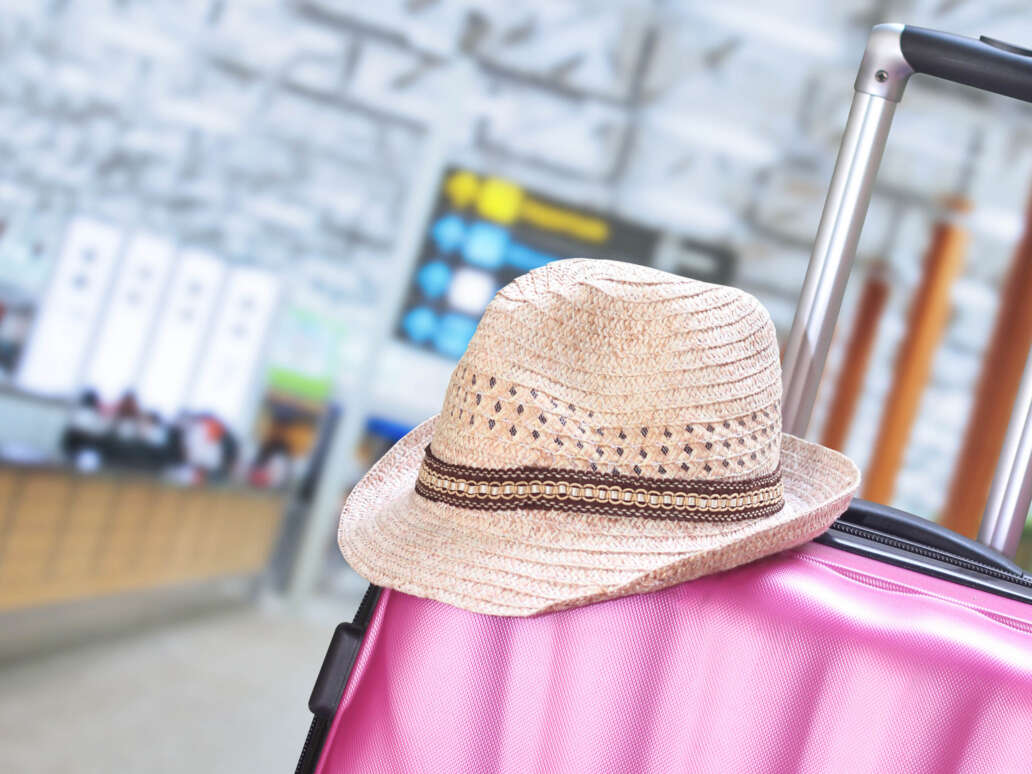
In general, Hawaii’s off-season is in late winter (January to early March), late spring (late April to early June), and fall (September to mid-December). Different people will give you different answers as to when off-season really is, mostly because of how complicated and unpredictable travel and travel-related trends can be.
In addition, each place has it’s own off-season, and most (like Hawaii) have multiple times of year that are considered off-season. Lastly, some people also refer to off-seasons as “low seasons,” “trough times,” or a variety of other terms that are unique to specific tourist destinations.
For this guide, we’re using the term “off-season” to refer to the less busy times of the year—note that we said “less busy” rather than “empty” or “quiet.
Compared to a lot of other tourist destinations, Hawaii is always busy. With that in mind, every time we describe a trend or pattern just understand that any statements will be relative rather than absolute. So, relatively speaking, the above listed times are much less busy because you avoid the many travelers visiting during their winter holidays, spring breaks, and summer vacations.
Why Come in the Off-season?
It's Less Crowded
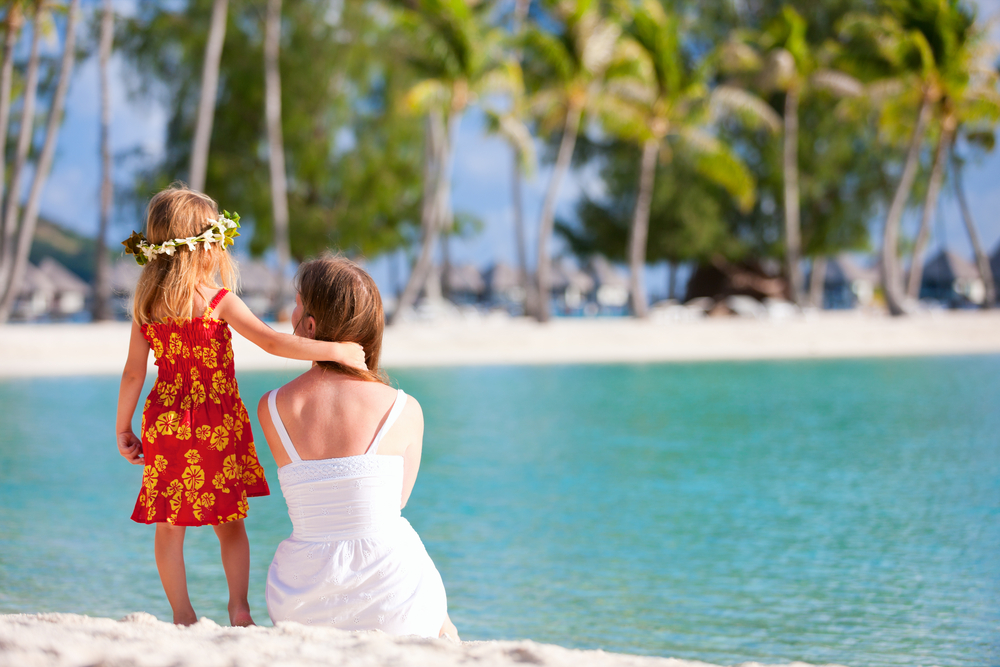
The busy seasons in Hawaii are characterized by climate, holidays, and convenience, but they often involve competition for rates, deals, and personal space. This can make it difficult to enjoy a beautiful Hawaiian sunset or a romantic dinner cruise with a throng of tourists. One compelling argument to travel in the off-season is to skip the crowds.
The summer traveling season, which lasts from early June to August, is filled with large groups of tourists eager to see and do everything before summer ends. However, starting in September, these large groups migrate back home, leaving tourist destinations less crowded. The winter holidays, Thanksgiving, Christmas, and New Year’s, attract many visitors, including “snowbirds” from colder climates. This period is the busiest time of year worldwide, and Hawaii is no exception.
However, between the winter holidays and spring break, travel decreases significantly, making it an ideal time to escape both crowds and the coldest months of the year. To avoid crowds, consider all major holidays and convenient travel times… and avoid them like the plague.
The Prices are Lower

Market forces dictate that as demand decreases, prices must decrease to account for the surplus of supply. In the off-season, hotel and airline companies lower their prices due to the decreased volume of people traveling. Compared to traveling in October, buying a plane ticket during the summer would be one-and-a-half times as expensive, and taking a flight at the end of December would cost more than twice as much. This price trend also applies to hotel accommodations, as the convenience of traveling during major holidays will cost you cold hard cash. On the other hand, it means that things are cheaper in the off-season, there’s less competition for plane seats and hotel rooms, and everything is less crowded than in the busy times of year.
Govisithawaii.com, an excellent resource for Hawaii hotel trends, produced an infographic on Hawaii hotel trends, including a line graph. Many hotel, airline, and tour companies also offer discounts and special deals to stimulate business during the off-season. Off-season flights are usually half the cost of those at Christmas, but airline companies often make last-minute deals on flights to fill up seats when they aren’t busy. Hotels also offer lower rates on accommodations to stay in the black during the less busy months.
In conclusion, the off-season is a time for businesses to lower prices and more deals pop up to encourage people to travel.
The Weather is Particularly Milder
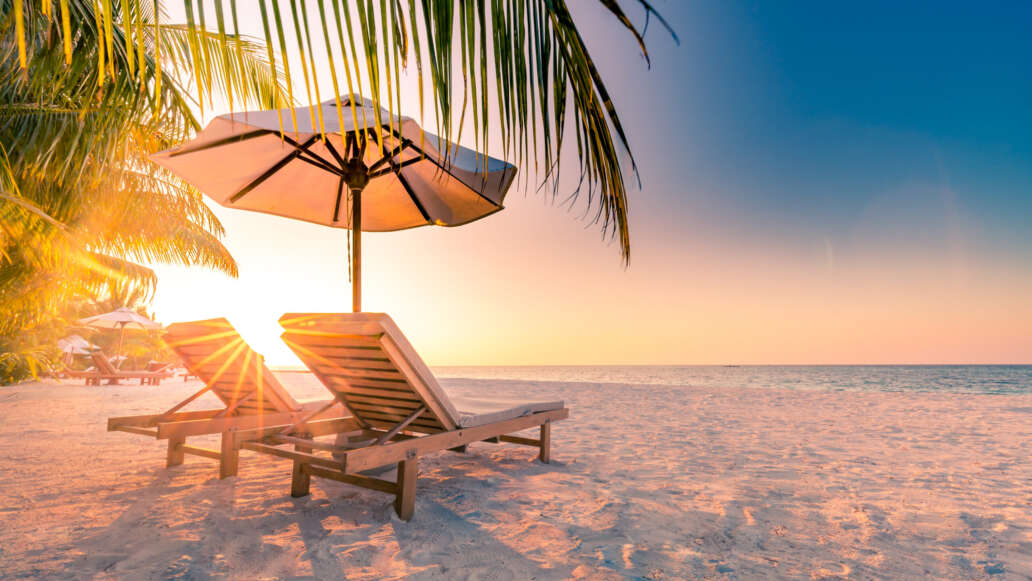
Hawaii’s weather is generally pleasant for tourists, but summer travelers may experience sunburn due to its high ultraviolet index due to its proximity to the equator. The sun’s direct UV rays can reach up to 90° F, making it difficult to avoid skin redness and sensitivity. Summer travelers should apply sunscreen regularly, as the dry months rarely offer cloud cover from the sun’s intense rays.
Winter travelers face unique challenges in Hawaii. Winters are wet, which is beneficial for tropical plants and greener surroundings, but not ideal for beach activities, cruises, or leisurely hikes. Weather forecasts are unpredictable and unpredictable, and weather conditions can be unpredictable and unpredictable. Winter is also prime surfing time for Hawaii residents and visitors, with larger waves and rougher ocean conditions.
The spring and fall months provide a perfect balance between the two seasons, offering occasional rainfall, warm temperatures, and a milder climate. The sun remains with lesser intensity, and occasional clouds provide brief respites and drizzle. Although the water remains fairly warm from the summer and there will be waves, winters are less dangerous. Variable weather also offers advantages, as individual areas may see more sun and rain than others. If you prefer a different climate, driving to another location can provide a change of climate.
There's Greater Adaptability
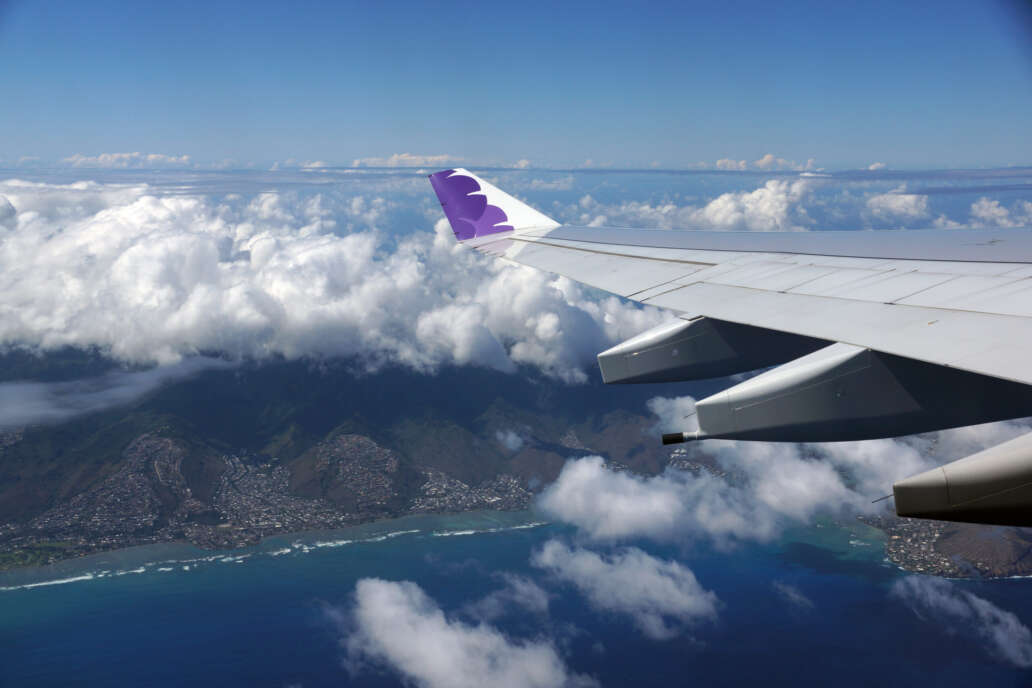
Chances are, if you’re not planning to visit during any major holidays, you’re more flexible as to when you’re willing to travel. An adjustable travel schedule allows you one major benefit: the freedom to bargain-hunt.
Instead of planning a week of travel and hoping for deals on that day, you can search for specials first, then plan your trip around any discounts you might find. You’ll be shocked at how much money you can save bargain-hunting for special deals on flights, hotels, and even tours at any off-season destination.
Obviously, these specials won’t happen during busy times of the year or major holidays when everyone and their aunt decides to travel. However, there’s no way of telling exactly when these deals will pop up, so deal-savvy travelers will have to keep their eyes open and their schedules flexible. And that’s a major strength of traveling off-season that many people overlook: you decide when it’s best to travel instead of being constrained to a calendar.
Summer’s over! Will you be traveling this fall? Do you have any other questions about traveling in the off-season? Let us know in the comments!
Jason
Having grown up in Honolulu, Jason writes for HawaiiActivities to help share the beauty of the islands with visitors.


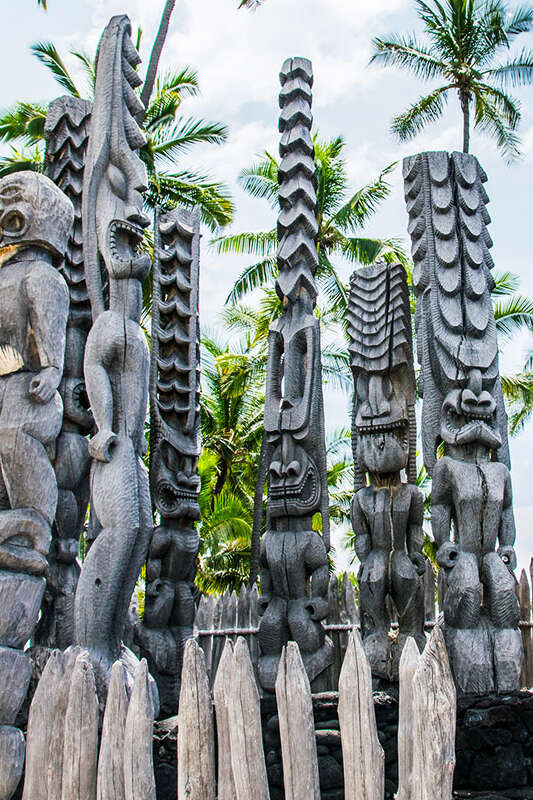
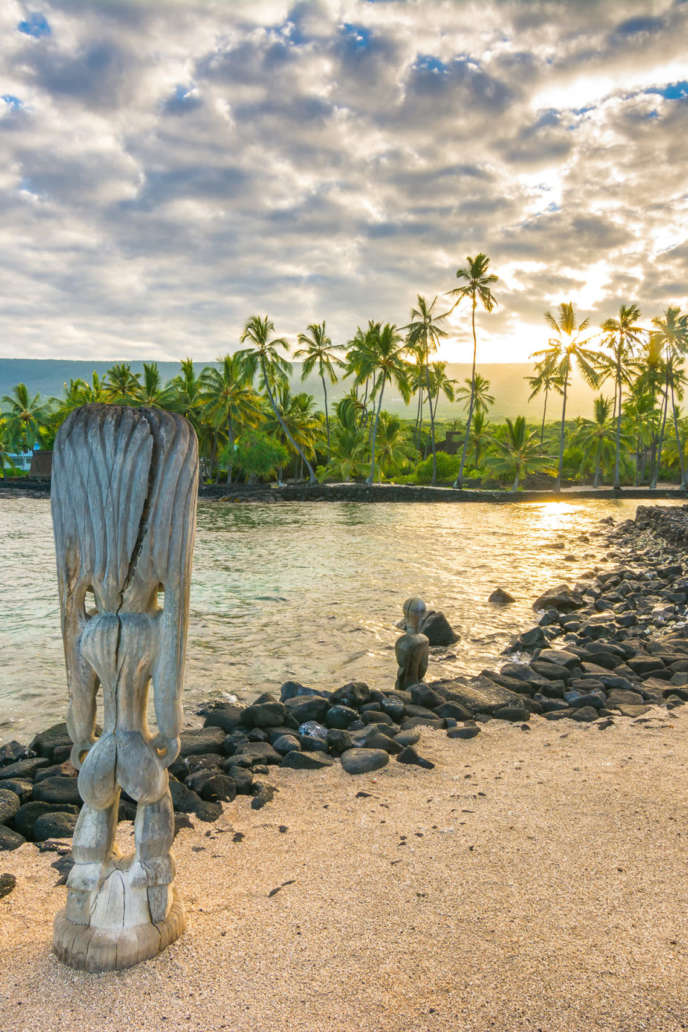
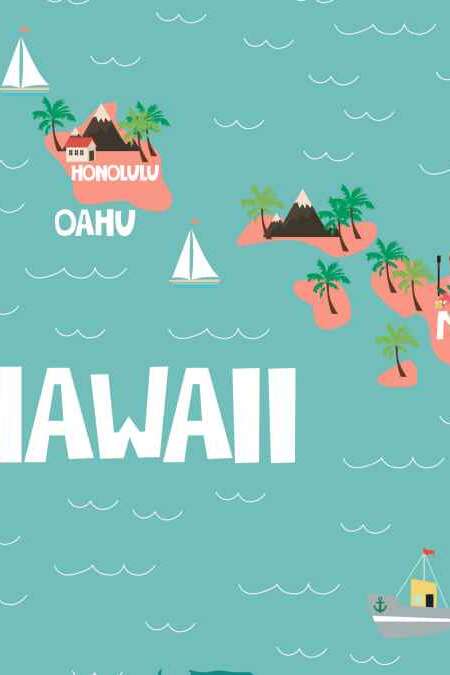
[…] Summer in Oahu, Hawaii is calling you to explore and relax. 82% of American adults are looking forward to a vacation this summer. Oahu’s North Shore is a top spot to visit2. From early June to August, this area attracts many visitors ready to enjoy its beauty3. […]